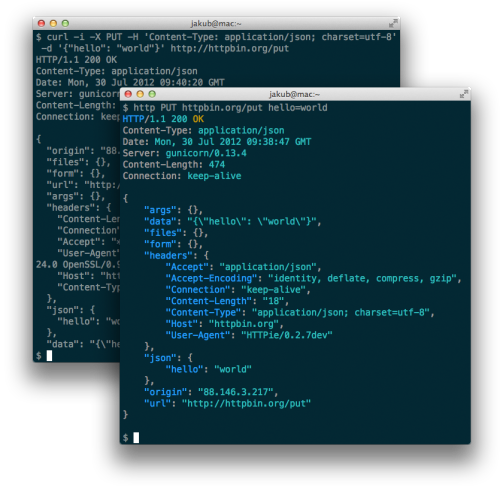Application Delivery Controllers (ADCs) are the current evolution of old school CDNs platforms tasked with responsibility not only for website’s performance, but also for its security and availability. By singlehandedly covering these mission crucial aspects of content and application delivery these technologies allow you to replace multiple appliances with one full service solution. With that, ADCs help eliminate many integration related issues, while also dramatically cutting down all setup, acquisition and maintenance costs.
In the world of ADCs, Incapsula is perhaps the most promising up-and-comer, a cloud-based service that seems to have the technology and the business sense needed to position itself at the same level as its legacy competitors.
It’s been almost two years since I last blogged about Incapsula. Now with recent announcement of its load balancing and failover features, I decided to update my review by pitching Incapsula against Akamai – a globally recognized CDN industry leader, who is also making a leap into the world of full service application delivery.
For this “head to head” comparison of Akamai vs Incapsula, I’ll be focusing on security, performance, availability and – of course – price of service.
You can find the full comparison here but for those of you who want to skip to the chase, here’s what I think about in a nutshell:
Akamai vs Incapsula: In a Nutshell
Incapsula simply offers more for less. You get all of the essentials you would expect, including a robust CDN, PCI compliant Web Application Firewall, DDoS protection and integrated high availability features (both load balancing and failover), all at very reasonable price point.
Not only that, but when compared with Akamai it looks like most of Incapsula features actually offer more, both in terms of their functionality and in term of their overall synergy. One great example is Incapsula’s Real Time view which complements its custom security rules engine and load balancing features by providing instant feedback on every action taken.
In fact, when looking at value for money, Akamai does not offer any tangible benefits – at least not for those who are looking beyond a CDN-only option.
